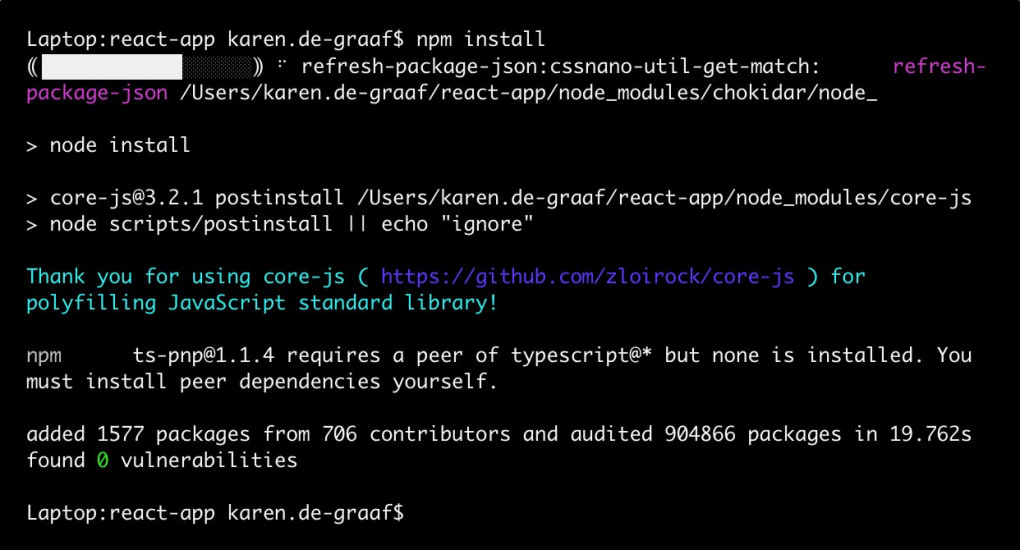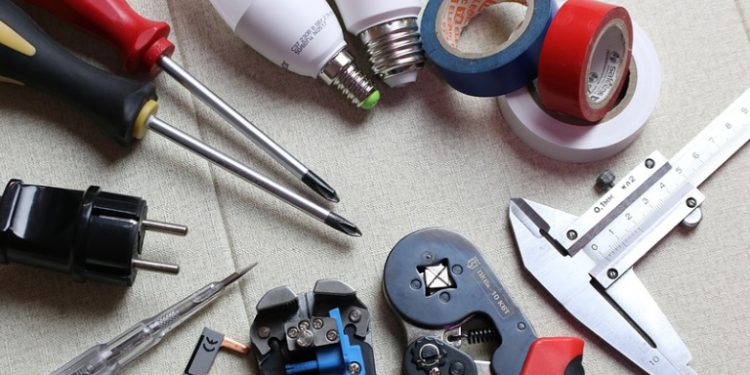The easiest approach is to download the package for your platform directly from the Nodejs.org website’s Downloads page and run the installation program. This is definitely the way to go if you’re a Windows user, but this approach works for MacOS and Linux as well. If you’re a Mac user, a better approach is to use Homebrew. How to Update Node & NPM. To install the updates of Node and NPM on windows system just download the installer from the Node.js Installer page and run it again like you do when installing. The new updated version of Node and NPM will replace the older versions. Install Node.js on Linux (Ubuntu).
node.js allows you to run javascript in the Terminal as appose to a regular browser which makes for a modern workflow in web development, with both node.js installed and a package manager called npm (Node Package Manager) also installed, which can manage other packages that work with node.js, one of the main ones being gulp.jsfor a web development workflow.
- There are several ways to install Node.js and NPM on the Mac, including using a prebuilt packaged installer, or by using Homebrew. This tutorial will cover both, and either approach should work find on any modern version of MacOS system software.
- You can download npm with Node.js or separately if you already have the node environment. The software is quick and effortless to install via the installation wizard. The programme also allows.
To install node.js on macOS Mojave, Sierra (and earner OSX versions) you can download a pre-compiled binary package which makes a nice and easy installation. Head over to http://nodejs.org/ and click the install button to download the latest package. Either version is Ok, if you are new to it best to use the recommended version.
Install the package from the .dmg by following along the install wizard which will install both node and npm, npm is Node Package Manager which allows for installs of additional packages for node.js.
At the end of the install you are prompted to make sure that /usr/local/bin is in your path, double check you have it by running in the Terminal:
After install check it was ok by entering in the command line node which will open a node javascript session:
To exit the node.js session just hit ‘control’ + ‘c’ twice.
If you have an earlier version of node you can just download the latest version and install to upgrade it and it will over write the previous version.
To check your version of node run …
Installing Packages for Node
There are many packages for Node such as the popular gulp.js, you use the command npm to see a complete list run:
This will return an exhaustive list of available packages, to install a package run npm install
To list installed packages run
To upgrade minor versions of npm packages
To upgrade major versions of npm packages, run outpdated to see what needs upgrading
Install

Run it to give you a list
Then update the packages…
The package.json file will also update the version numbers
If you haven’t already installed the packages…
To sudo or not to sudo
It is cleaner not to use sudo when installing npm packages there are a couple of options here on how this is done.
Updating NodeJS
To upgrade node.js itself on macOS just download and install the latest from nodejs.org – this will simply override the previous version and keep all your packages that have been already installed.
In order to use almost any development tools based in JavaScript, you'll need to know how to use npm and Node.js. Gulp, Grunt, and Webpack are a few examples of popular technologies you may have heard of that require a knowledge of the Node ecosystem.
I find myself writing about this over and over again in the prerequisites of an article I've begun to write. I'd prefer to write one definitive guide to refer to in the future, so here it is.
Prerequisites
- Basic command line proficiency. Don't skip this step! If you don't know how to use the command line, you'll be fighting an uphill battle. The provided tutorial has everything you need to know.
Goals
- Learn what Node.js and npm are
- Set up Node.js and npm on Windows and Mac
All Versions Of Os X
What is Node.js?
JavaScript is a client-side programming language, which means it’s processed in the browser. With the advent of Node.js, JavaScript can also be used as a server-side language.
What is npm?
npm doesn't stand for Node Package Manager*, which means it’s the tool to connect to the repository containing all the Node.js programs, plugins, modules and so on.

*npm actually does not stand for 'Node Package Manager' but essentially that's what it is and does, so most people refer to it that way.
Local vs. Global
This is the most confusing concept to understand at first, so it's important to let this settle in. Traditionally, you're used to globally installing any sort of program or software on your computer. If you want Spotify, you'll download Spotify, and then it will be available to you.
With npm, you will have some global installs, but mostly everything will be done on a local project basis, meaning you'll have to install everything you need for each project in its own directory. If you want to have a project running Gulp and Sass, you'll create a directory, with a new npm install.
For future reference, any global installations will have the -g flag.
Installation on Windows
Installing everything on Windows is a breeze.
Install Node.js and npm
Node.js and npm can be installed from a download link. Go to the Node installation page, and download the Node installer. I have a 64-bit Windows 10 OS, so I chose that one.
Once it's done, you can test to see both node and npm functioning by opening PowerShell (or any shell) and typing node -v and npm -v, which will check the version number.
All set.
Installation on a Mac or Linux
Proxima nova font download for mac. In order to install everything on a Mac, we'll be running commands in Terminal.app, and Linux distributions vary.
Install Node.js and npm
We’re going to use Node Version Manager (nvm) to install Node.js and npm.

Open the ~/.bash_profile file, and make sure source ~/.bashrc is written in there somewhere. Restart the terminal.
Run the install command.
Run the use command.
Now that Node.js and npm are installed, test them by typing node -v and npm -v.
All set.
Download Node Js For Mac
Create a Project
At this point, you're set to start setting up Gulp, Webpack, Browserify, or whatever your aim is. We can also create a simple project to test that everything is working properly.
Initialize Project
Navigate to the directory in which you want your project to exist - in my case, sites/node-test.
Now initalize a new project with npm.
The following will pop up in the terminal, and prompt you for a few
First, it will ask for a package name.
Version number.
Description.
The rest you can just press enter and skip. Now you'll notice we have a package.json file that contains all the information we entered.
A package.json is a file that contains metadata about the project, and handles the dependencies (additional software and modules) of the project.
Now, we're going to install our first dependency - a very important and useful package called left-pad, which will add white space to the left side of a string, adding up to a number.
For example, writing this:
Will output this:
left-pad is a package on npm, which as we stated previously contains the registry for all publicly available packages.
Install dependencies
To install a dependency with npm, we use the command npm install dependency-name-here. Now, simply running npm install will download the dependency, but it won't save it to the project. Since we've already created our package.json, we'll use the flag --save to install the dependency and add it to package.json.
As long as you ran this command inside the project directory, it will successfully install the dependency by creating a node_modules directory. It will also create a package-lock.json file, which we can ignore. Finally, it updated our package.json file with a new line.
Now the project recognizes the left-pad dependency as existing
You can also run npm install --save-dev to specify that the dependency will only be used for development (not production) purposes.
Run Node in the terminal
Let's create index.js in the root of our directory. This is everything you should have now:

For future reference, don't bother looking in the node_modules rabbit hole. It will get really overwhelming with bigger projects.
In order to use a dependency, we use require() and put it in a variable, like so:
This will be the entirety of our index.js file, in which we require left-pad, run a leftPad() function, and send it to the console.
Since Node.js is not recognized by the browser, we'll be testing this in the console. In your shell, run the node command followed by the filename in the root of your project.
If everything went well, you should have printed Hello, World! to the console, with two spaces on the left.
Conclusion
In this tutorial, we learned the following:
- What Node.js is
- What npm is
- How to install Node.js and npm on Windows or Mac
- How to make a local project
- How to install a dependency with npm
- How to run a file using a node_modules dependency in a shell
If you got lost at any point, view the source on GitHub.
With this knowledge, you're ready to start using Gulp, Grunt, Webpack, Browserify, or anything else that depends on Node.js or npm.